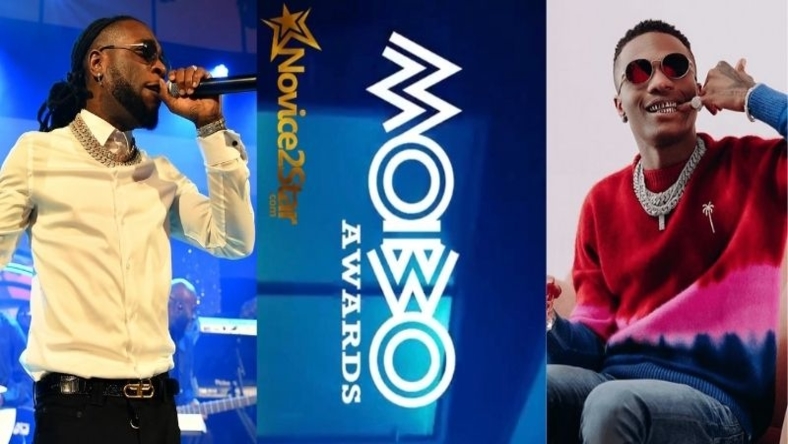

Cole transcend languages and sounds, so no collection would be complete without the work of these artists and, in keeping with the theme of visual culture, this article also highlights documentary and narrative films. Visual representations of hip-hop as documented by photographers such as Jamel Shabazz, Ernie Paniccioli, and Mel D. As hip-hop tends to be dominated by male figures, seeking balance by including works by or about women can benefit the collection and readers.Īs much critical attention has been given to the beats and beat makers in hip-hop, the visual and iconographic aspects of the culture rightfully deserve to be spotlighted, too. This list focuses on nonfiction, criticism, and reference works, with an eye to representing a national and global perspective on hip-hop and an intergenerational group of authors. Public libraries may decide to collect hip-hop resources for the demographics they serve, including hip-hop fans, students, and lifelong learners, while some collections may be driven by demand. A guiding question worth considering is: What is the rationale to collect in this area? Research libraries might want to supplement the curricula taught at that university across programs or disciplines. Librarians looking to assess, fill in gaps, or collect hip-hop–themed materials across its many overlapping subject areas need not reinvent the wheel, as there are a wealth of resources, including LibGuides and listservs, to consult. Today, hip-hop artifacts can be viewed at the National Museum of African American History and Culture in Washington, DC, and the doors of the highly anticipated Universal Hip Hop Museum are slated to open in the Bronx in 2023.
Best hashtags for breakbeat djs archive#
Oral histories of artists and industry professionals are accessible through the HistoryMakers database, and research libraries such as the Schomburg Center for Research in Black Culture house the archive of hip-hop pioneer and pop culture icon Fred “Fab 5 Freddy” Brathwaite. Issues of Vibe magazine, once considered essential to the discovery of new music and emerging styles in fashion, are now available digitally through Google Books.Ĭurating primary resources is also an important aspect of building and promoting hip-hop collections. Scholarly examinations of hip-hop culture can be found in academic and research collections as well as on the shelves of local public libraries.

For decades, libraries have collected published works in the form of criticisms, biographies, and novels by artists, historians, and hip-hop enthusiasts. The development of formats such as compact discs and DVDs led to increased representation of hip-hop on library shelves.Ĭollections, however, were not limited to music. Hip-hop’s burgeoning presence on college radio stations and public access television shows such as Video Music Box, as well as on widely available cable networks such as BET, put faces to lyrics and beats and created a forum to discuss issues. COLLECTING HIP-HOP MATERIALSĭuring the 1980s and 1990s, known as hip-hop’s golden era, radio play, mixtapes, and music videos were necessary tools for artists to reach their listeners. From the breakbeat, hip-hop was born-and so was a global cultural movement that echoed with the rhythms and realities of the local communities from which it was formed. This technological innovation was the result of experimentation by Clive Campbell, better known as DJ Kool Herc, a Jamaican immigrant whose ingenuity inspired a phenomenon-a new sound created by transforming old rhythms etched in the grooves of vinyl. On August 11, 1973, the “breakbeat” debuted at a Back to School Jam-a community party held in the recreation room at 1520 Sedgwick Avenue, in the Bronx, NY.


 0 kommentar(er)
0 kommentar(er)
